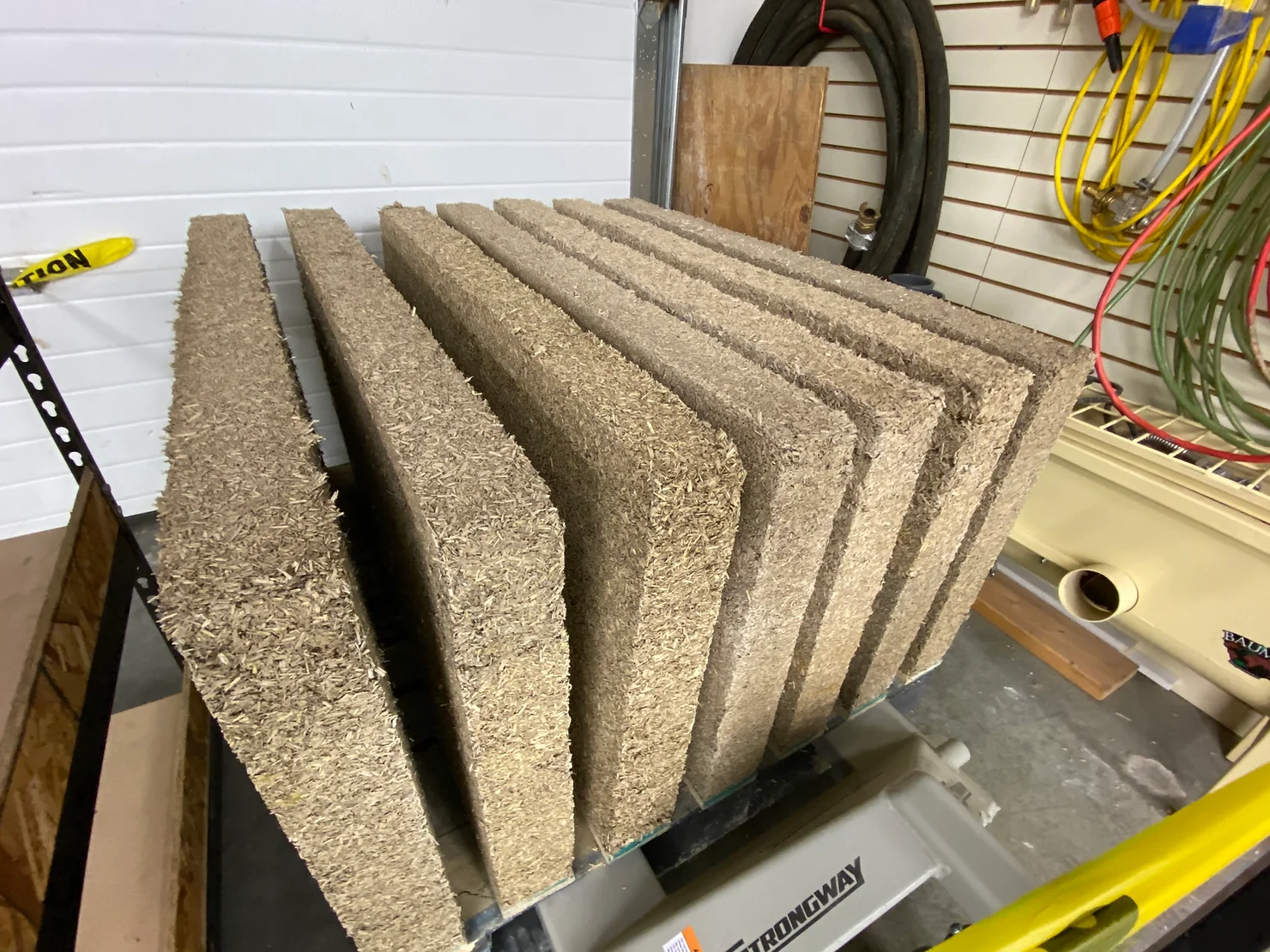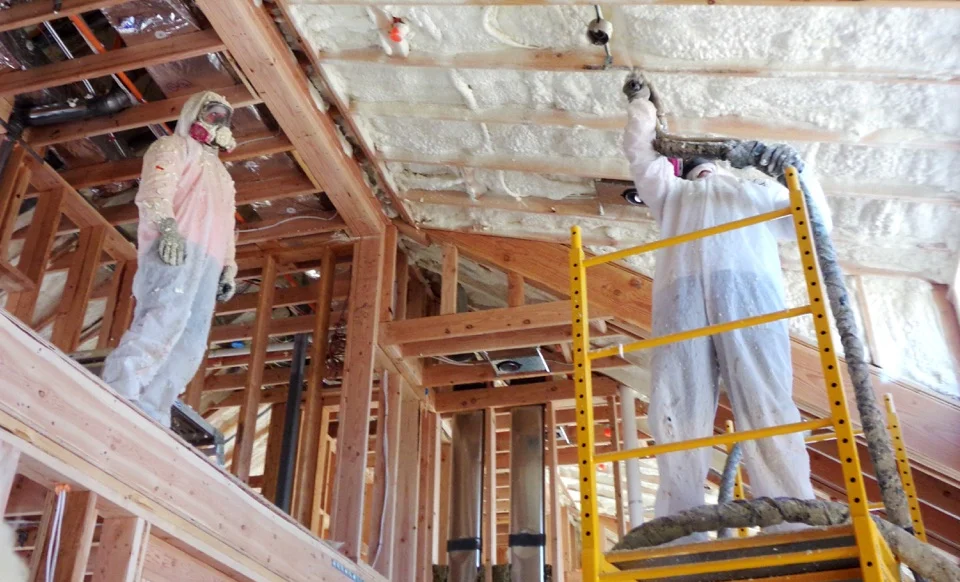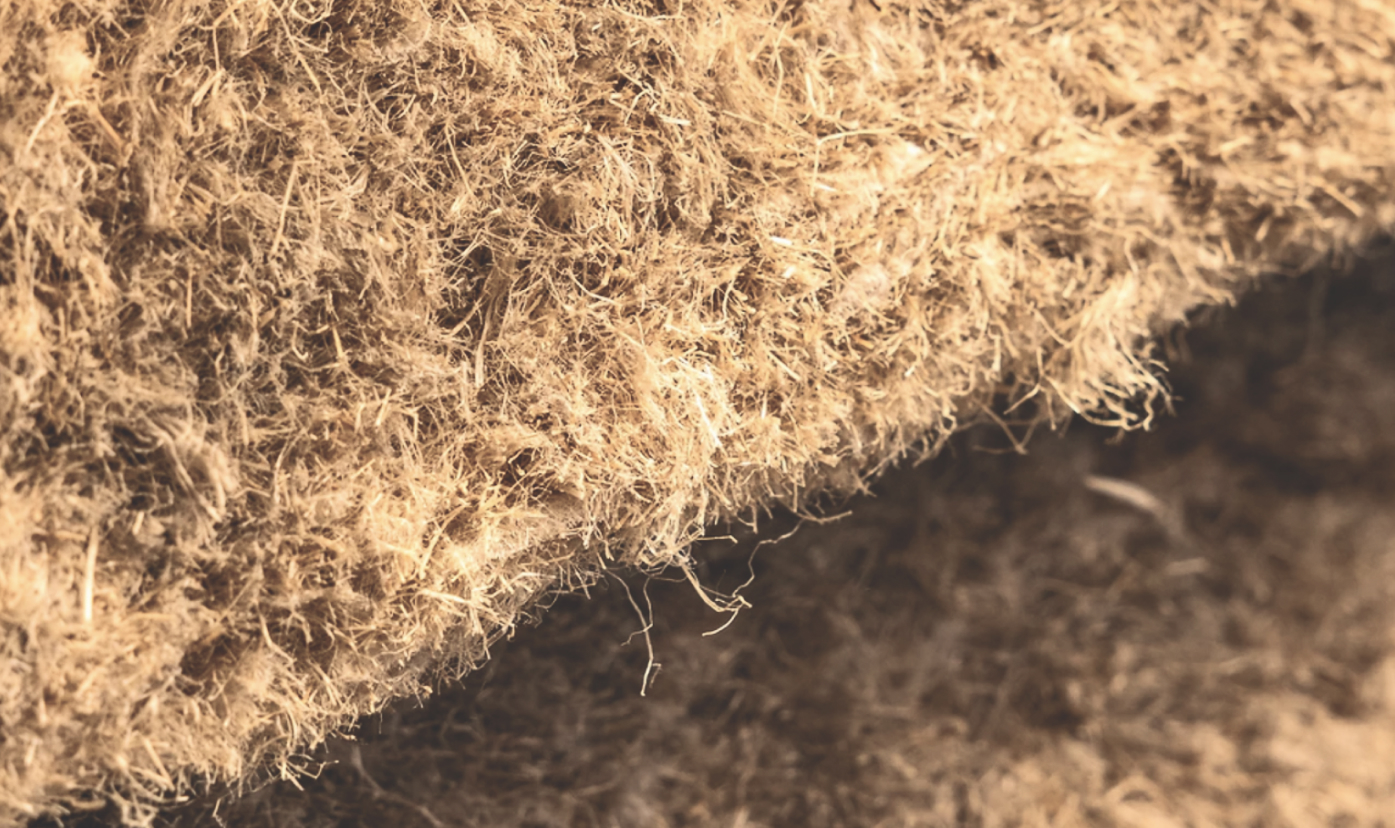Spray foam has become one of the most widely used insulation materials in the construction industry since it was invented in the 1980s. There are several reasons why spray foam has become a popular choice for residential and commercial insulation applications. First, it can be installed quickly. Second, it fills cavities and can be sprayed around wiring and plumbing. Third, it has an effective thermal resistance, known as R-value.
Why we should use less spray foam
Despite these advantages of spray foam, there are also many reasons why the use of spray foam should be minimized, or eliminated where possible. First, spray foam is a combination of chemicals that are potentially harmful to human health. According to Summit Environmental, one of the greatest health risks of spray foam is that it contains isocyanates. Homeowners who are exposed to isocyanates and other spray foam chemicals in vapors, aerosols, and dust during or after the installation process run the risk of developing asthma, sensitization, lung damage, other respiratory and breathing problems, and skin and eye irritation.
Second, spray foam can be extremely harmful to the environment. Often, ozone-depleting substances (ODSs) are used as blowing agents for spray foam and are trapped in insulation spray foam. Further, spray foam contains Chlorofluorocarbons (CFCs), Hydrochlorofluorocarbons (HCFCs) and Hydrofluorocarbons (HFCs), all of which are considered to be ‘greenhouse’ gasses. The use of CFCs was recognized during the 1970s as a major cause of the depletion of tropospheric ozone by interfering with ozone formation/destruction mechanisms.
Third, according to the Rocky Mountain Institute, spray foam has the largest embodied carbon emissions of any insulating material:

With these advantages and disadvantages in mind, it is important to consider spray foam use carefully. At Hempitecture, we believe that spray foam should be eliminated where possible, but there are cases, such as in cold weather climates, where spray foam will remain the go-to choice for reaching code requirements. Fortunately for health and climate-conscious consumers, there is a strategy that reduces the use of spray foam, and the carbon impacts of spray foam can be partially mitigated.
How to minimize spray foam
The Flash and Batt strategy may help reduce the use of spray foam in the building industry, helping consumers achieve both energy-efficient and healthier homes than using spray foam alone.
Flash and Batt insulation is becoming increasingly more common as energy codes push the thermal resistance requirements of thermal envelopes higher. According to Green Building Advisor, Flash and Batt is a hybrid insulation approach combining batt insulation and closed-cell spray foam. Typically, closed-cell spray foam is applied directly into the cavity with a thickness of 1 to 2 inches. This results in air sealing of the envelope. Once the spray foam has cured, batt insulation is placed over the spray foam to fill out the remainder of the cavity. Historically, materials like mineral wool and fiberglass batts are used in flash and batt, but these materials pose even further health and environmental risks, including irritation to the skin, and respiratory system, and furthering the embodied carbon footprint of your insulation design.
HempWool is the ideal alternative to mineral wool and fiberglass batts in a flash and batt system. Thanks in part to HempWool’s negative carbon footprint, you can offset some of the carbon emissions of spray foam.
The result of using this hybrid approach with spray foam and HempWool is that you are lining your home with a carbon smart, healthy, natural fiber insulation that contributes to sound attenuation and added thermal comfort, and isolating the spray foam to the exterior of the wall cavity, keeping it away from the interior of your home.

Is Flash and Batt right for me?
Hempitecture is committed to providing climate-smart building materials that are healthy, high-performing, and sustainable. We believe that spray foam should be eliminated wherever possible, and should only be used with careful consideration. Given the potential health impacts of spray foam, coupled with its environmental impact, best efforts should be made to use alternative strategies such as cavity insulation with continuous insulation on the exterior. For more information on how and why spray foam should be avoided, our friends at 475 High-Performance Supply have written a series on “Foam Fails.”
However, with the continually evolving world of energy requirements and contractor reluctance to adopt new methods or strategies, flash and batt with HempWool thermal insulation might be right for you.
If you are looking for a high-performance assembly and must use spray foam, consider flash and batt with HempWool to lessen the potential health and environmental impact of your building project.



